Joint Statement on Importance of Outpatient Antibiotic Stewardship
Joint Statement on Importance of Outpatient Antibiotic Stewardship
from 12 National Health Organizations
October 5, 2016
Joint Statement on Importance of Outpatient Antibiotic Stewardship [PDF – 556 KB]
Antibiotics are fundamental to modern medicine. They are essential to treat a wide spectrum of infections from routine streptococcal throat infections to life-threatening sepsis and to prevent infections in patients undergoing surgery and chemotherapy. However, the spread of antibiotic-resistant bacteria has placed the world on the precipice of what public health leaders call a “post-antibiotic” era in which even simple surgical procedures could be complicated by deadly infections. In the United States alone, at least two million Americans acquire a serious antibiotic-resistant infection each year, with an estimated 23,000 deaths as a direct result.1
All antibiotic use carries a risk of contributing to the development of antibiotic resistance. Additionally, although antibiotics are generally safe, these drugs also carry risks for individual patients. For example, antibiotics can cause adverse events ranging from minor side effects to serious allergic reactions and antibiotic use increases the potential for a patient to develop an infection caused by Clostridium difficile (C. diff), which can sometimes cause life-threatening diarrhea. A recent estimate found that nearly half a million Americans contracted a C. diff infection in 2011, resulting in 15,000 deaths.2 Because of these risks to both individual patients and to the public health, antibiotics should only be used when indicated.
In 2015, the White House released a goal to reduce inappropriate antibiotic use in outpatient settings by 50 percent by the year 2020.3 Outpatient use accounts for the majority of antibiotics prescribed for humans in the United States. While it is known that antibiotics are often used inappropriately, the amount of outpatient antibiotic use that is inappropriate and amenable to reduction needs to be quantified.
Over the past year, the Centers for Disease Control and Prevention (CDC) and The Pew Charitable Trusts undertook efforts to quantify the potential for reducing inappropriate outpatient antibiotic use in the United States. In support of this effort, Pew convened a panel of experts, including experts from the CDC, to set a baseline of antibiotic prescribing in the United States and establish condition-specific targets for reduction of unnecessary outpatient antibiotic prescribing. Based on current prescribing data, these experts determined that at least 30 percent of overall antibiotic use in outpatient settings is unnecessary.4 In order to meet the White House goal of a 50 percent reduction in inappropriate use, total outpatient antibiotic prescribing in the United States would need to fall 15 percent by 2020. The majority of this reduction would come from reducing unnecessary use of antibiotics for acute respiratory conditions. These conditions account for 44 percent of antibiotic prescriptions in outpatient facilities, and half of these prescriptions are unnecessary.
As representatives of a range of health care providers and public health officials, we recognize that antibiotic resistance is a major threat to public health and commit to collective action to address this challenge by ensuring the appropriate use of these critical therapies. In support of national targets, our organizations commit to work in partnership with our members to expand current antibiotic stewardship efforts, fill research gaps around effective interventions for improving prescribing habits, and help our members use antibiotics appropriately in outpatient settings. These coordinated efforts will help preserve these life-saving therapies for the good of all of our patients.

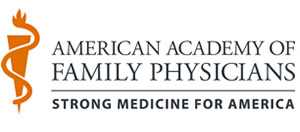



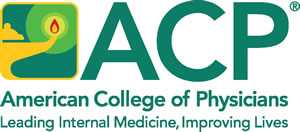
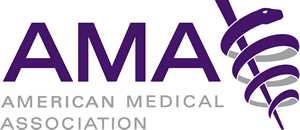

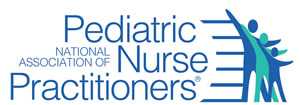
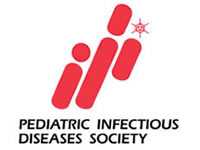


1 U.S. Centers for Disease Control and Prevention, Antibiotic Resistance Threats in the United States, 2013, accessed Nov. 12, 2014, https://www.cdc.gov/drugresistance/threat-report-2013/.
2 Fernanda C. Lessa et al., “Burden of Clostridium difficile Infection in the United States,” New England Journal of Medicine, 372 2(2015): 825-834, doi: 10.1056/NEJMoal408913.
3 The White House, National Action Plan for Combating Antibiotic-Resistant Bacteria, March 2015, accessed July 27, 2015, https://www.whitehouse.gov/sites/default/files/docs/national_action_plan_for_combating_antibotic-resistant_bacteria.pdf [PDF – 441KB].
4 This goal specifically targets a reduction in unnecessary antibiotic prescribing, and does not include goals aimed at improving antibiotic selection. Ensuring the appropriate antibiotic is chosen for a particular condition is another critical aspect of antibiotic stewardship.
- Page last reviewed: October 3, 2016
- Page last updated: October 3, 2016
- Content source:


 ShareCompartir
ShareCompartir